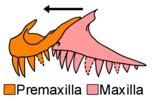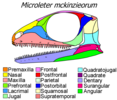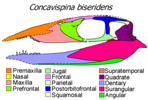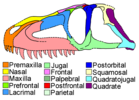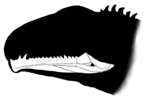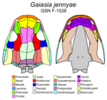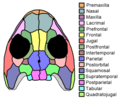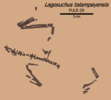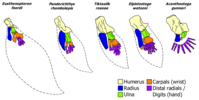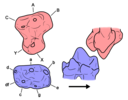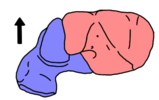User:NGPezz
Hello, and welcome to my user page!
My real name is Neil Pezzoni, I am a Geosciences BSc with a passion for learning about extinct life and how ecosystems transform through time. Since 2017, I have been an active editor for WikiProject Paleontology and WikiProject Geology, with coverage spanning from Paleozoic chronostratigraphy to modern endangered reptiles and everything in between.
If you were to ask me what my favorite geological period was, I would pick the Triassic nine-times-out-of-ten. Truth be told, I have some degree of interest in practically every extinct species, from the most inconspicuous of brachiopods to the most charismatic of dinosaurs. Our understanding of prehistoric life is dynamic and ever-evolving, just as much as life itself. As much as I appreciate the information professional paleontologists continue to glean from the remnants of the past, I am also reminded just how much is lost to the ravages of time and extinction.
With engagement algorithms and misinformation clogging up scientific outreach efforts on for-profit social media platforms, I see Wikipedia as a viable and ever-improving conduit of information from peer-reviewed journals to the concerned public. I can personally thank Wikipedia for reinvigorating my interest in scientific research; I never would have pursued my degree without that spark of intrigue. We all deserve a chance to understand the beauty and fragility of extinct life, so that we may better appreciate the value of what survives.
My commons page: http://commons.wikimedia.org/wiki/User:NGPezz. I have previously presented the username "Fanboyphilosopher" on Wiki sites.
Selected articles
[edit]Beyond the articles listed here, I have contributed to the expansions of many additional pages which are not yet re-assessed by the WikiProject quality scale.
GA-class
|
|---|
B-class
|
|---|
Gallery
[edit]Many images I upload through Wikimedia Commons are directly sourced from open-access journals or museum photos, but some (seen below) are my own work. Most of these illustrations are derived or inspired from published diagrams, with the addition of color-coding (to distinguish the shape and position of component bones) and other supplemental edits.
















